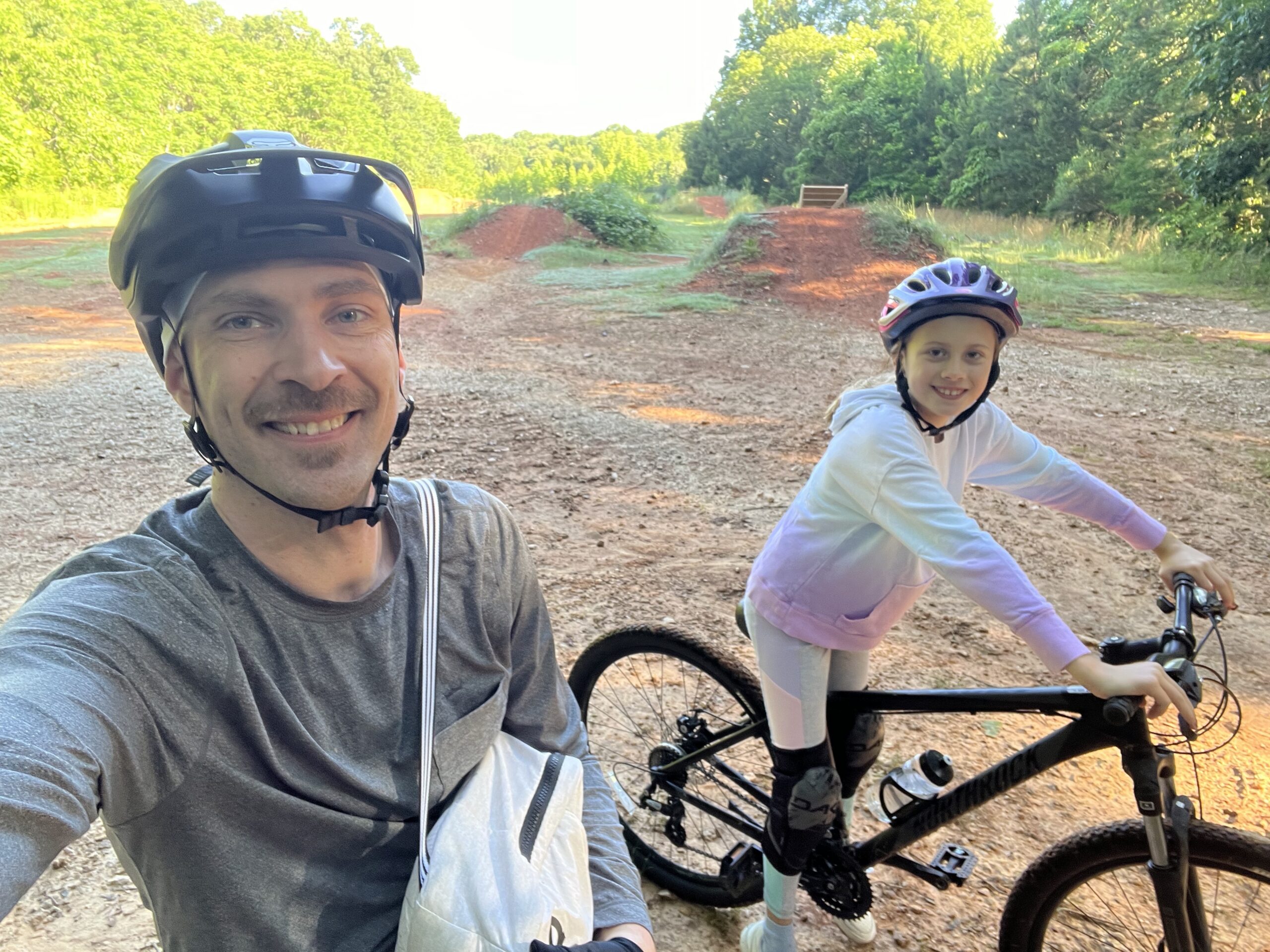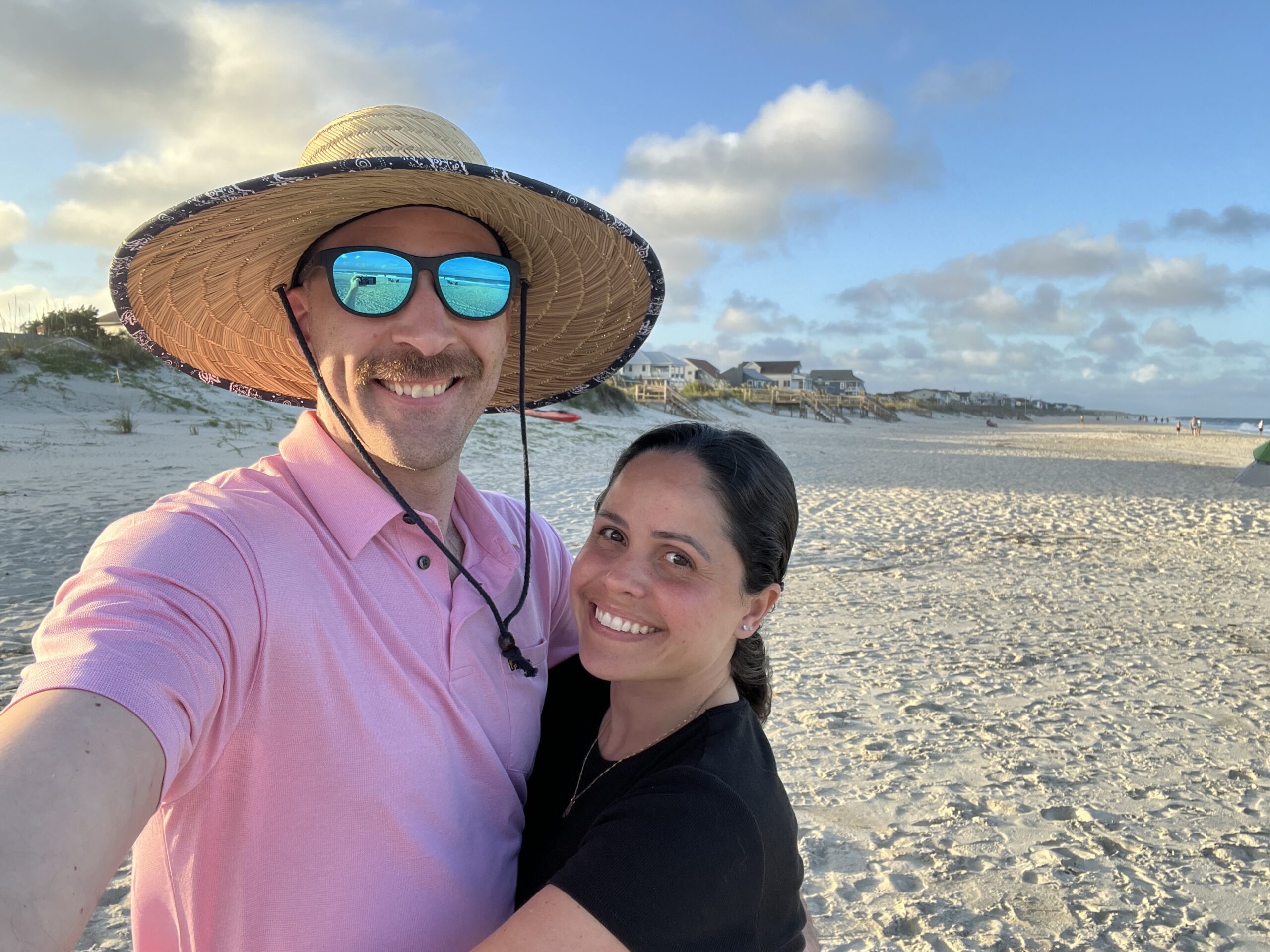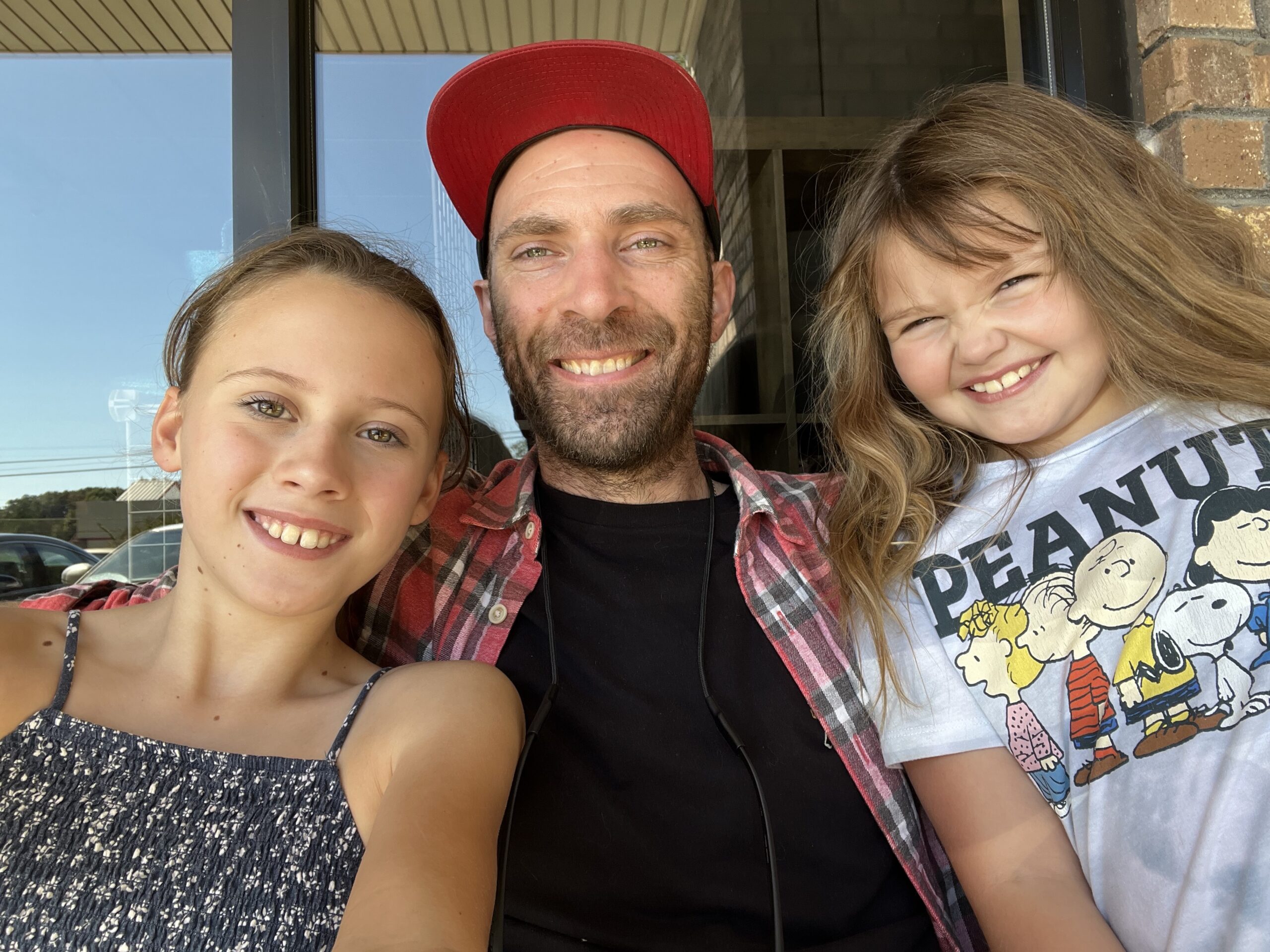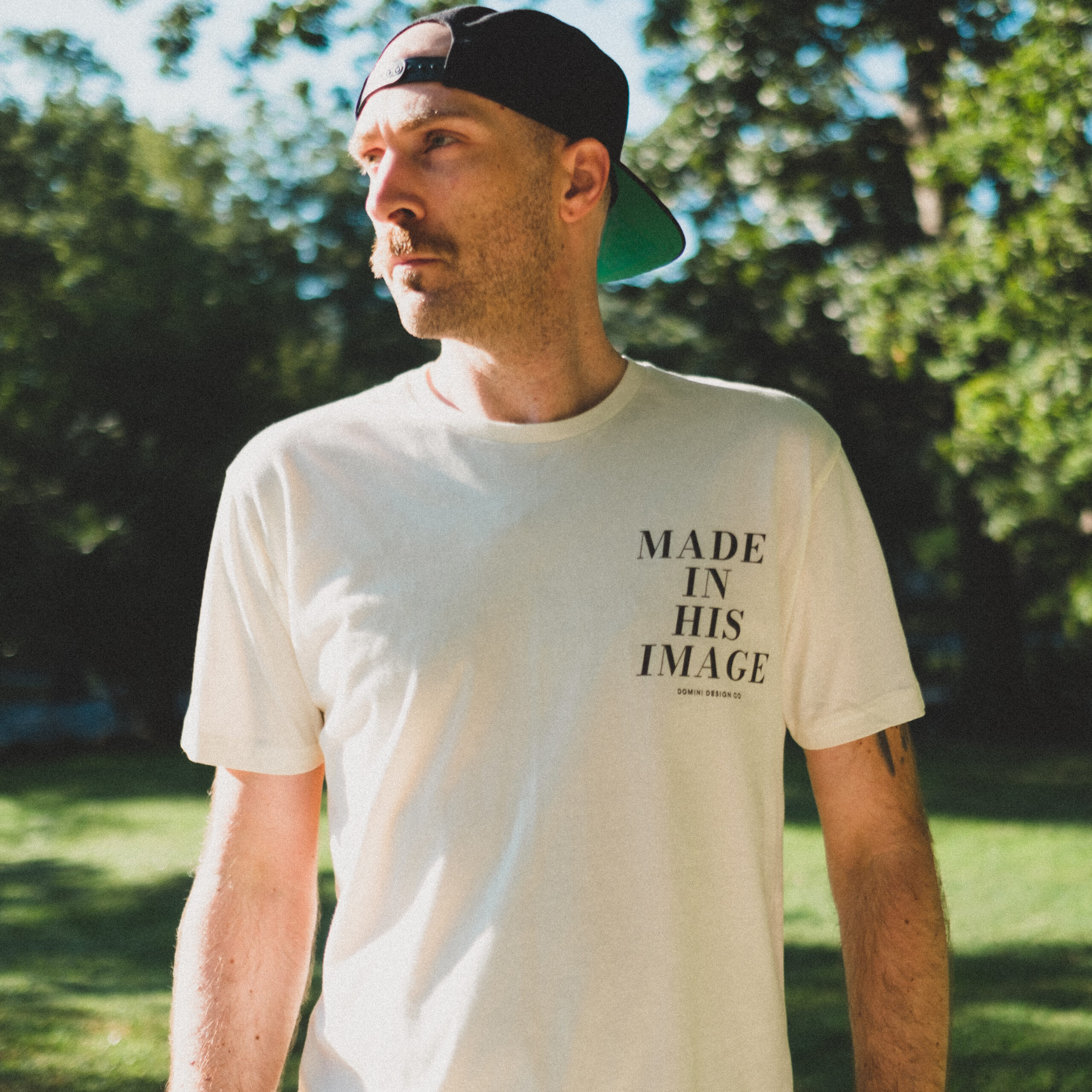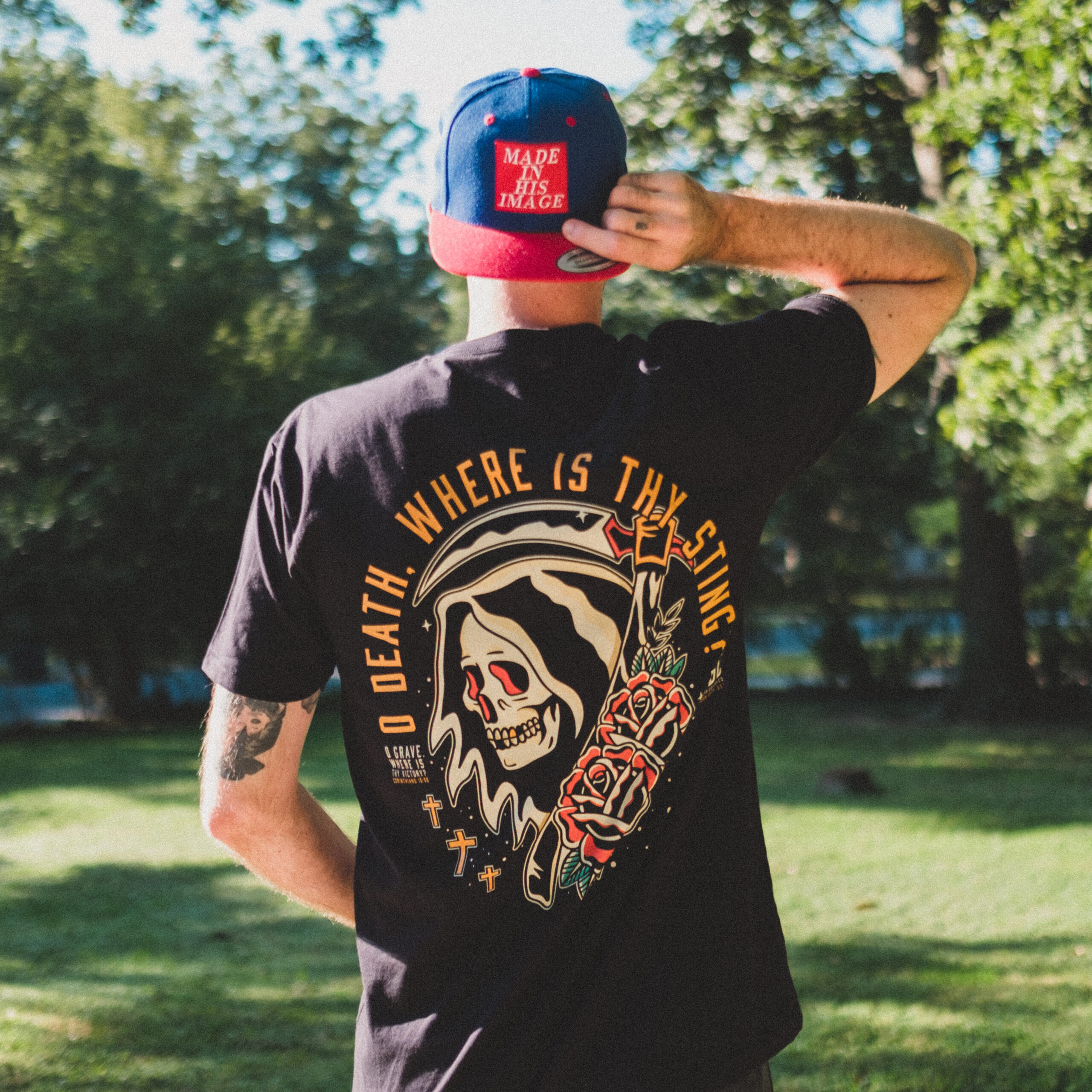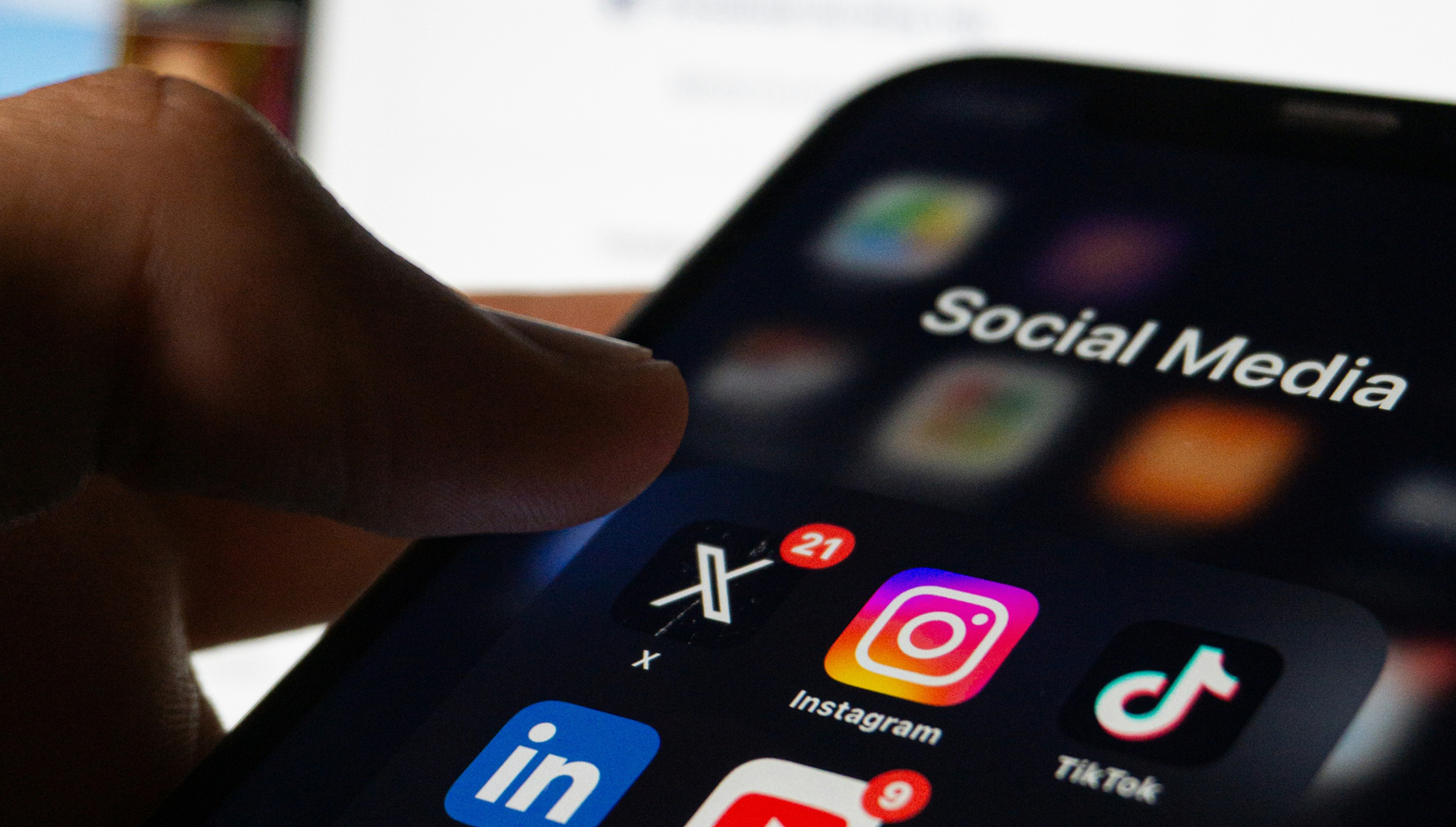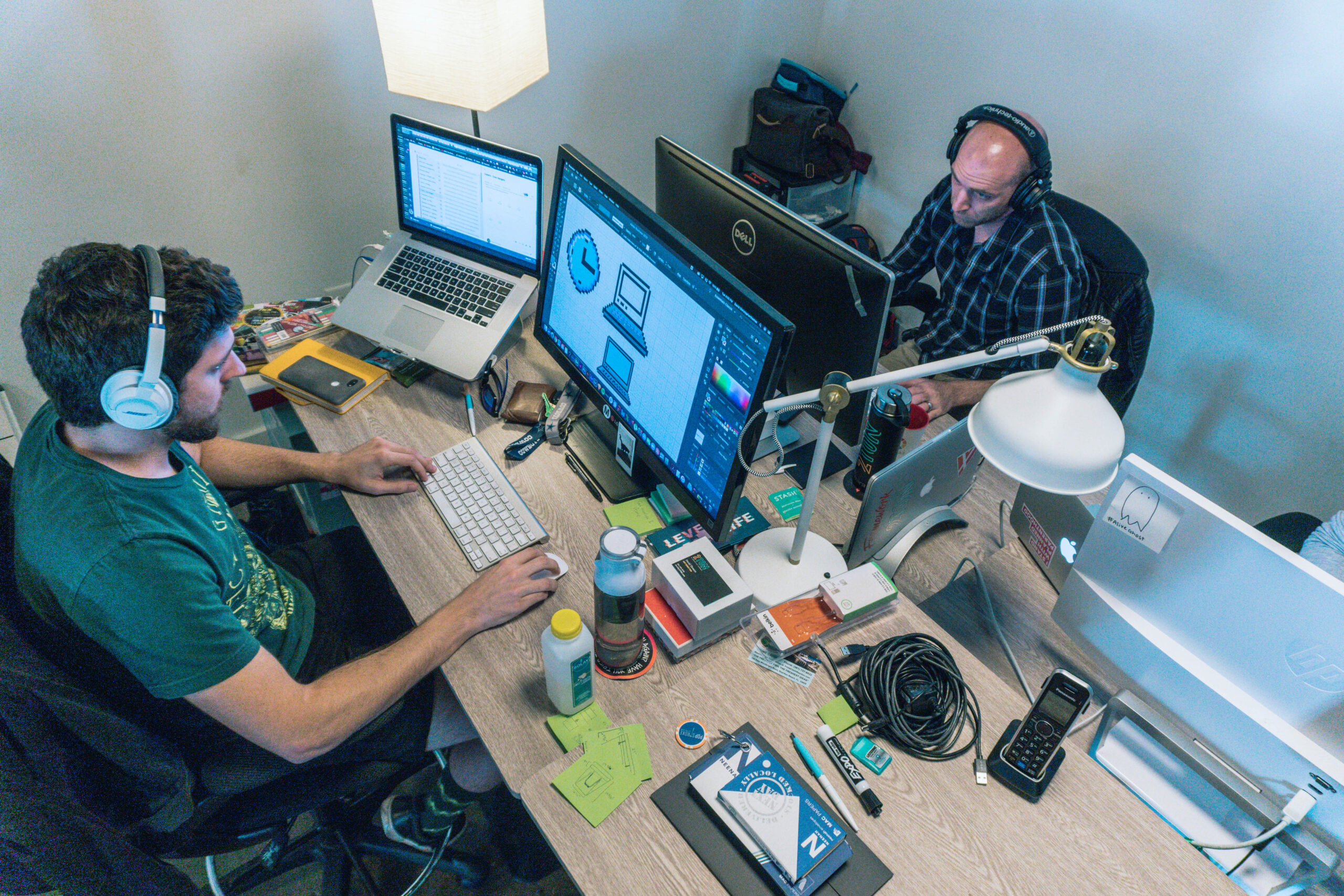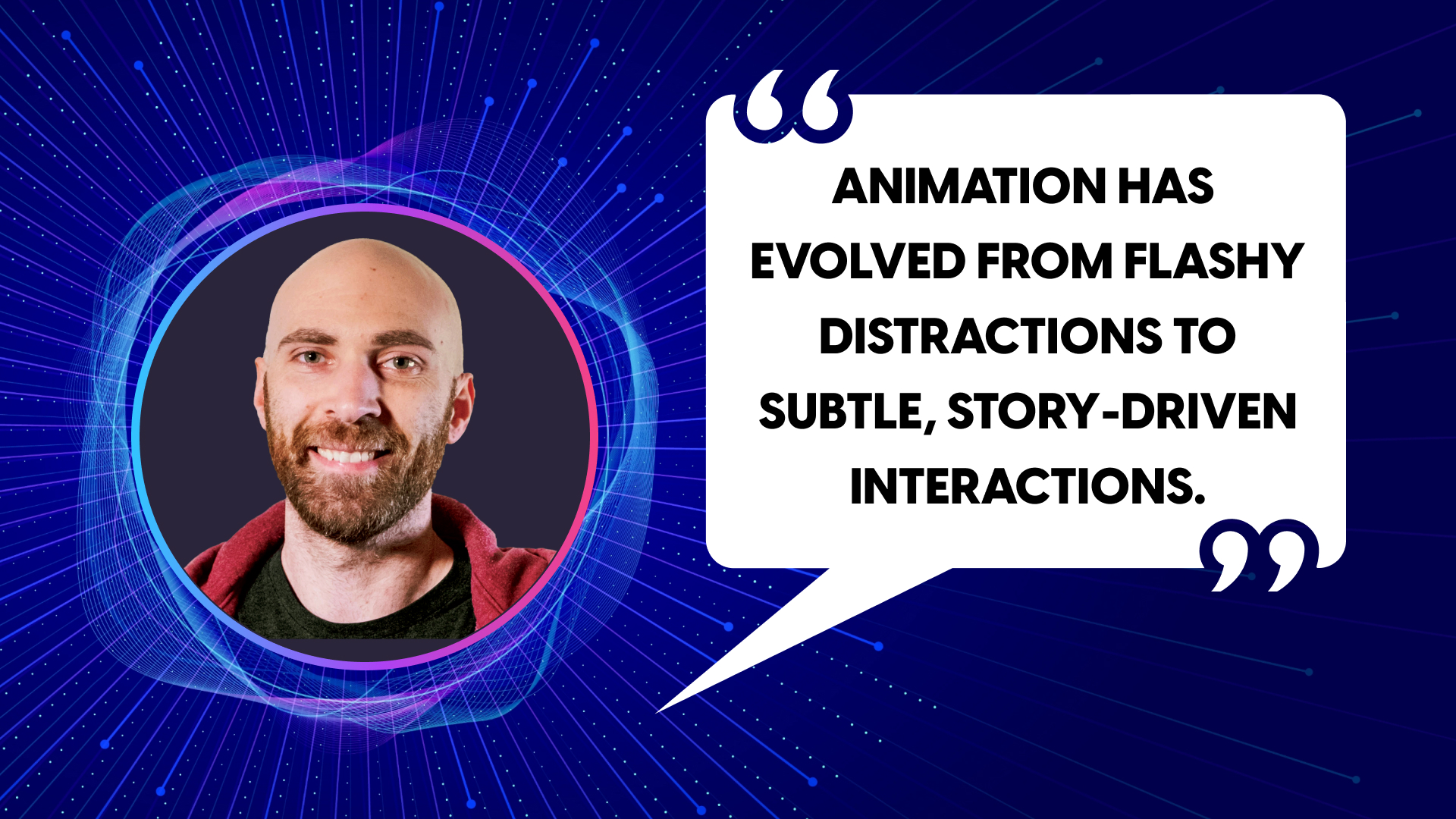
At 2TON, we know that the right animation can turn a good website into a great one. Bradley Hale, our Director of Interactive Design, has spent over a decade bringing digital experiences to life through smart, purposeful motion.
In this Q&A, Bradley shares how animation can enhance user experience, what inspires his approach, and why sometimes the best design is the one you barely notice.
1. Thank you for joining me! Can you tell me a little bit about yourself?
I live in Charlotte, NC, with my wife and two kids. I enjoy mountain biking, working on my t-shirt company, and playing with my band. I’ve been at 2TON for 11 years or so, and I touch most of the website projects that come through the agency.
2. What first sparked your interest in animation within the world of web design?
I’m old enough to have started building websites and digital ads in Flash, so it was really easy for a designer to get their hands dirty building super interactive and immersive sites.
3. How do you determine whether animation will enhance or distract from a user’s experience?
An easy test is to imagine a user navigating the site and either getting distracted by, hindered by, or delighted by an animation. If they’re delighted or don’t even notice it, then you’re in good shape.
4. What’s your process like when pitching motion design elements to a client? How do you get them on board?
I think providing similar examples or mockups is the best way to help a client visualize and understand a particular direction or strategy.
5. How do you help clients understand the “why” behind a digital decision, especially when the strategy involves something new or unfamiliar?
Research and data, along with visuals to support the vision, are the best ways to guide a client through the process of creating something new.
6. How do you walk the line between “fun” and “functional” in motion design?
Well, I like to think that everything we design and/or build is functional 100% of the time. I’d use the word “interesting” over “fun” to describe the interactions or animations we include in our designs. They should provide some sort of visual interest, enhance a piece of content, or serve a particular function.
7. How have you seen animation evolve in web design over the past few years?
It’s become a little less flashy (pun intended) and a little more subtle. I think it’s becoming more about interactions rather than complex animations used for storytelling.
8. What advice would you give to a young designer who’s curious about experimenting with animation?
I’d start with micro-interactions and very subtle scroll effects or hover animations. One of the ways we achieve these website animations is with positioning and transition techniques, so learning some CSS fundamentals is a must.
Animation isn’t just about flair. It’s about guiding users, adding energy, and making content more engaging. Bradley’s insights remind us that motion, when used with intention, makes a big impact.
Want to bring your brand to life online? Let’s talk about what motion can do for you.
